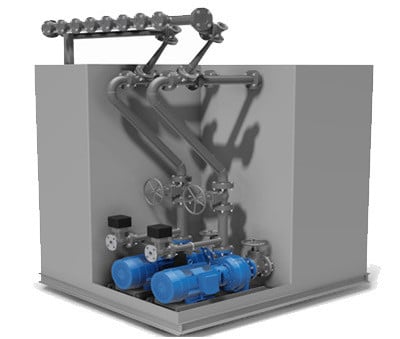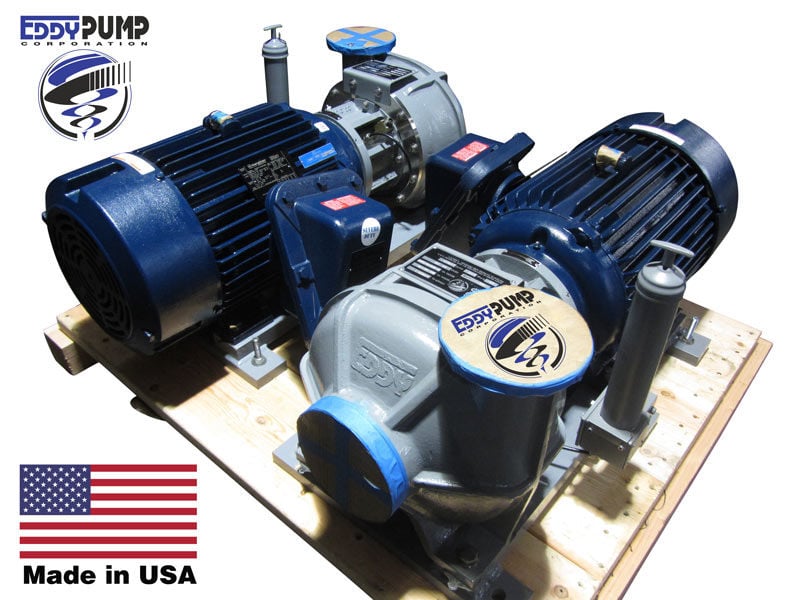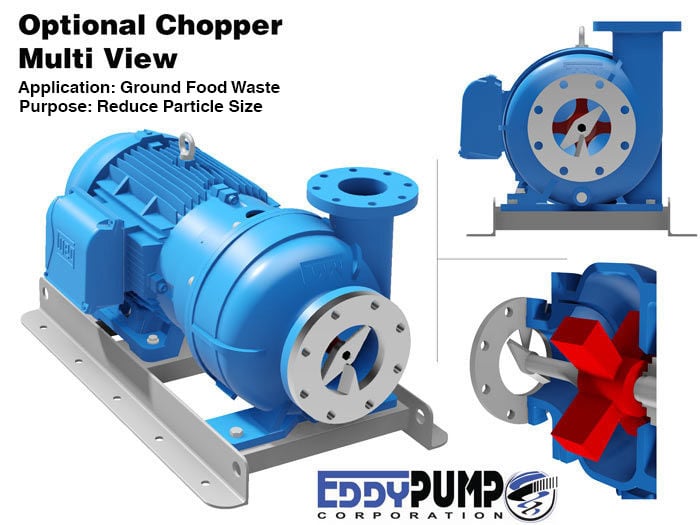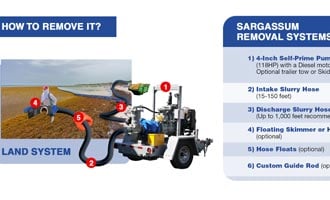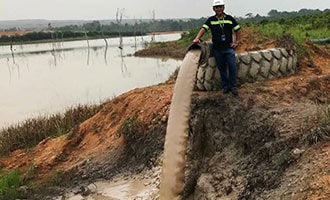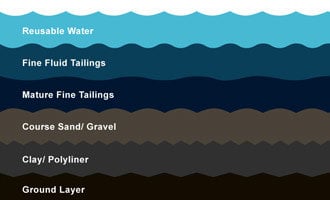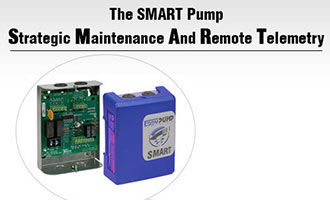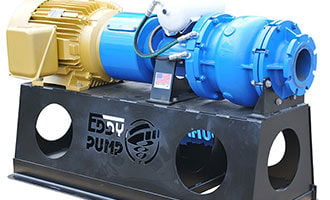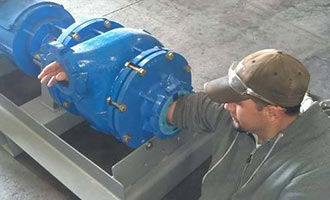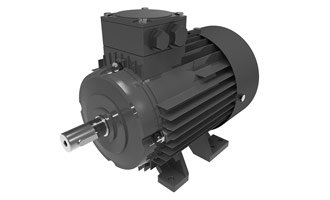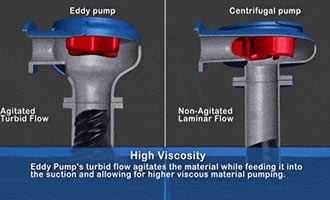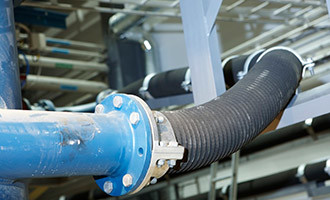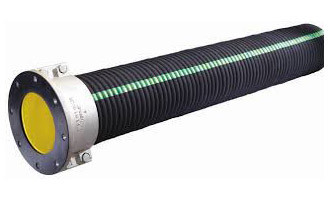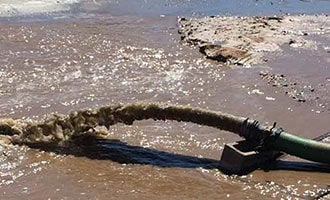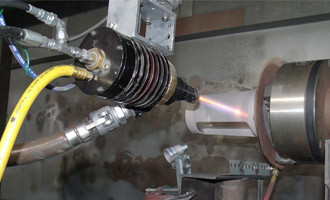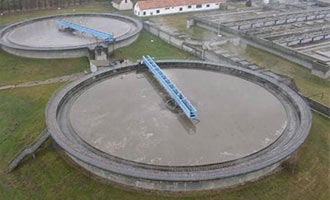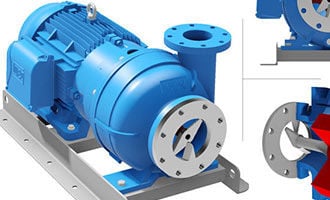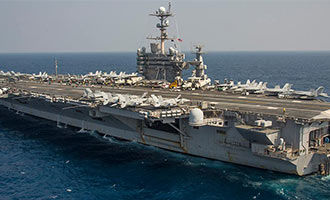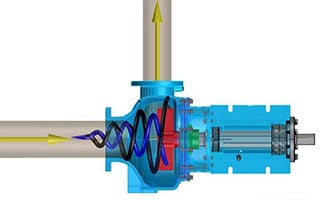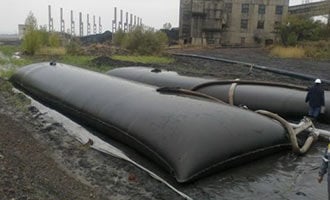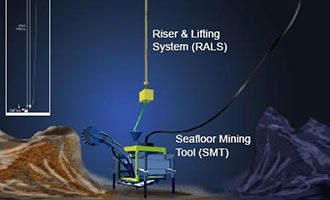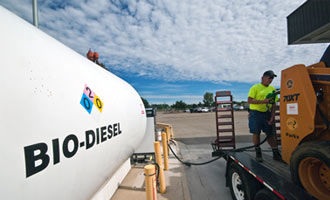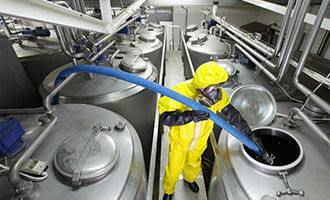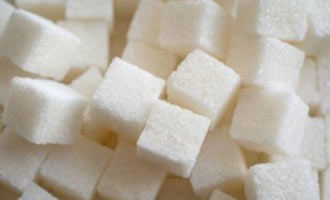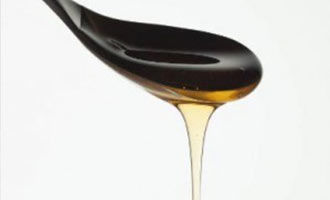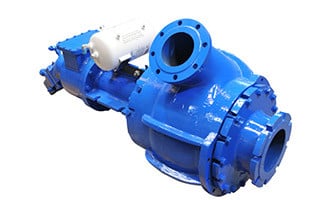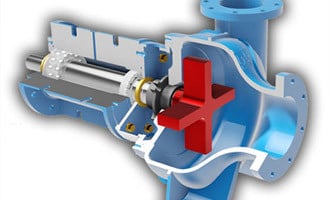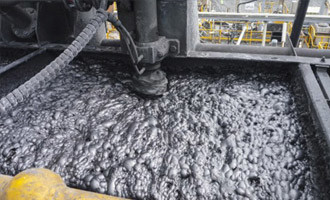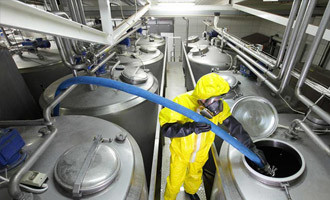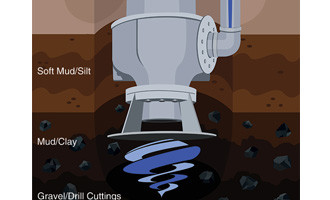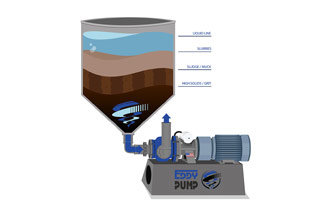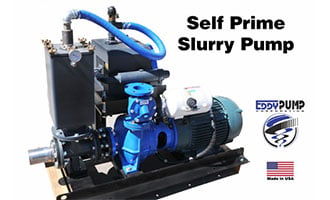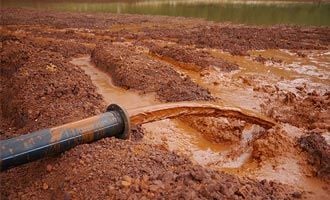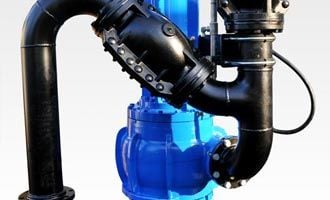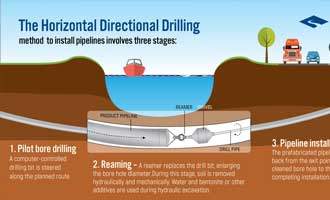Brine Pumps
On many ships, brine pumps are needed to move highly salinated water around the ship. Brine is a highly concentrated solution of salt and water and can cause corrosion problems in pumps. Brine is used for various purposes including as an aid for fish freezing or HVAC systems. Since brine has such a high salt concentration, it is often if a high density, often reaching as high as 2.5kg/liter. EDDY Pumps are the best pumps for pumping brine solutions due to its sturdy design and ability to pump denser materials. Pumping highly dense and corrosive liquids like brine will cause a non-suitable pump break down and quickly lose performance. However, this will not happen with the EDDY Pump.
The EDDY Pump has been in service on US Navy ships for nearly 25 years. Much of the success of the pump can be attributed to its unconventional hydrodynamic principles of operation. These principles create energy in the form of a synchronized tornado effect through negative pressure, or the “eddy” effect. The need for net positive suction head is not required, and no restraints are caused by cavitation due to excessive vibration. Additionally, this negative pressure where the rotor shaft penetrates the pump casing eliminates premature packing failure, which often causes motor bearing failure due to exposure from the system fluid or outside contaminant.
Graywater Pumps
Graywater pumps are used for moving the relatively clean waste water from baths, sinks, washing machines, and other kitchen appliances. On larger ships, gray water waste makes up a large percentage of liquid waste on the ship and often require dedicated gray water pumps to ensure the waste is properly handled. The water is pumped into a filtration system to separate solids. The liquid is then pumped into a bioreactor and membrane filtration system to further filter impurities. Then, there’s a final step of passing the water through a UV filter in an effort to eliminate remaining bacteria and germs.
Graywater discharges can contain bacteria, pathogens, oil and grease, detergent and soap residue, metals (e.g., cadmium, chromium, lead, copper, zinc, silver, nickel, and mercury), and possibly other various solids. Therefore, for pumping greywater, a pump is needed that can handle a variety of solids without clogging or losing efficiency.
CHT/VCHT Systems
Collection/Holding/Transfer systems are found on larger ships such as aircraft carriers for the US Navy. The VCHT/CHT systems handle the sewage transport for the entire ship, so it is extremely important to have a system in place that offers the most uptime possible without the fear of clogging or other issues that could stall the system.
EDDY Pump currently looks to develop new systems to help our sailors. EDDY Pump has developed a game-changing VCHT (Vacuum Collection Holding and Transfer) System that will guarantee that there are no more clogs that shut down onboard toilet systems. With over two decades of proven sewage pump performance for the US Navy, our VCHT system is a great fit for new and replacement applications. Naval and commercial application.
A VCHT system equipped with the EDDY Pump allows much larger solids to pass through (larger than the size of the flush drain) so the pump will not clog and can be operated 24/7 with little or no downtime. With EDDY Pumps installed, the pumps will save money over time by requiring far less maintenance and repairs over the life of the pump. With EDDY Pump, the creation of flow using the actual material is very different from all other pumping methods. This is key to the longevity and lack of wear of the pump components.
Bilge Pumps
Located at the bottom of the ship where the two sides meet is the bilge. The bilge is basically a giant collection tank for freshwater, seawater, oil, sludge, and chemicals. These substances usually come from ship pipelines, leaky valves, engines, and various machinery. The bilge is designed to fill up with this water as a means to keep the oily wastewater from seeping back into the ocean before being cleaned. Bilge pumps are often the last line of defense against your boat sinking. Bilge pumps are often triggered to power automatically after the water has reached a certain threshold. Often times, boats have multiple bilge pumps installed with one pump mounted higher than the other.
MARPOL states that bilge water cannot be pumped or discharged directly into the open sea. Due to this, oily water separators are used to reduce the level of suspended oil particles in the bilge water. When the PPM (parts per million) of oil molecules in the bilge water is lowered to an acceptable level, it is then allowed to be discharged into the ocean, but only when the vessel is in transit.
Ground Food Waste Pumps
While a ship is en route, they must utilize a ground food waste pump to help pump the waste into storage vats as well as grind the waste into smaller particles safe for offloading. These pumps are often fitted with grinders or macerators to help facilitate the breaking down of larger chunks.
The International Maritime Organization (IMO) has recently strengthened its MARPOL Annex V Resolution around food waste disposal. Food waste must be ground down to 1″ chunks or smaller before being disposed of. The ground food waste can be discharged if the ship is 3 nautical miles or more from land and outside of defined “special areas” or 12 nautical miles or more from land if you are in a special area.
Due to these standards, it is very important to have a ground food waste pump that is built to withstand abrasive solids without wearing out or clogging.
Conclusion
The EDDY Pump has been utilized by the US Navy for over 20 years on almost all classes of Navy ships for grit waste transfer and sewage pumping. The reason is that this pump design saves the Navy tens of millions of dollars every year in corrective action, overhaul, and downtime.
EDDY Pumps are superior and more cost effective due to the:
- Multi-year longevity of the non-mechanical pump seal
- Non-casualty pump status
- Pump seal’s low air pressure
- Automatically controlled pump seal greaser
- Pump motor controllers
- Extremely low PMS requirements
- Pump’s natural ability to create flow using the material being pumped.
To see a Total Cost Analysis done by Lockheed Martin on the cost savings of 25 EDDY Pumps versus the leading centrifugal pump over 4 years, please click HERE to View the Analysis. Also see our resources section for white papers and more education.
Total Cost Reduction PDF
Enjoy less clogging, lower maintenance costs, more uptime and a happy project manager. Call us to match the right sized pump to your job. View the pump page here.
Order or Get Selection Help
Let our sales or engineering support help in your marine pump and dredge equipment selection. Call (619) 258-7020
Why EDDY Pumps Are Better – Highlights
This video shows how EDDY Pump transports high slurry and abrasive materials. Featured dredge pump equipment includes the Remote Operated Subdredge, Diver Operated Pump and a Excavator Attachment Dredge Pump.
Why EDDY Pumps Are Better - Highlights
This video shows how EDDY Pump transports high slurry and abrasive materials. Featured dredge pump equipment includes the Remote Operated Subdredge, Diver Operated Pump and a Excavator Attachment Dredge Pump.

